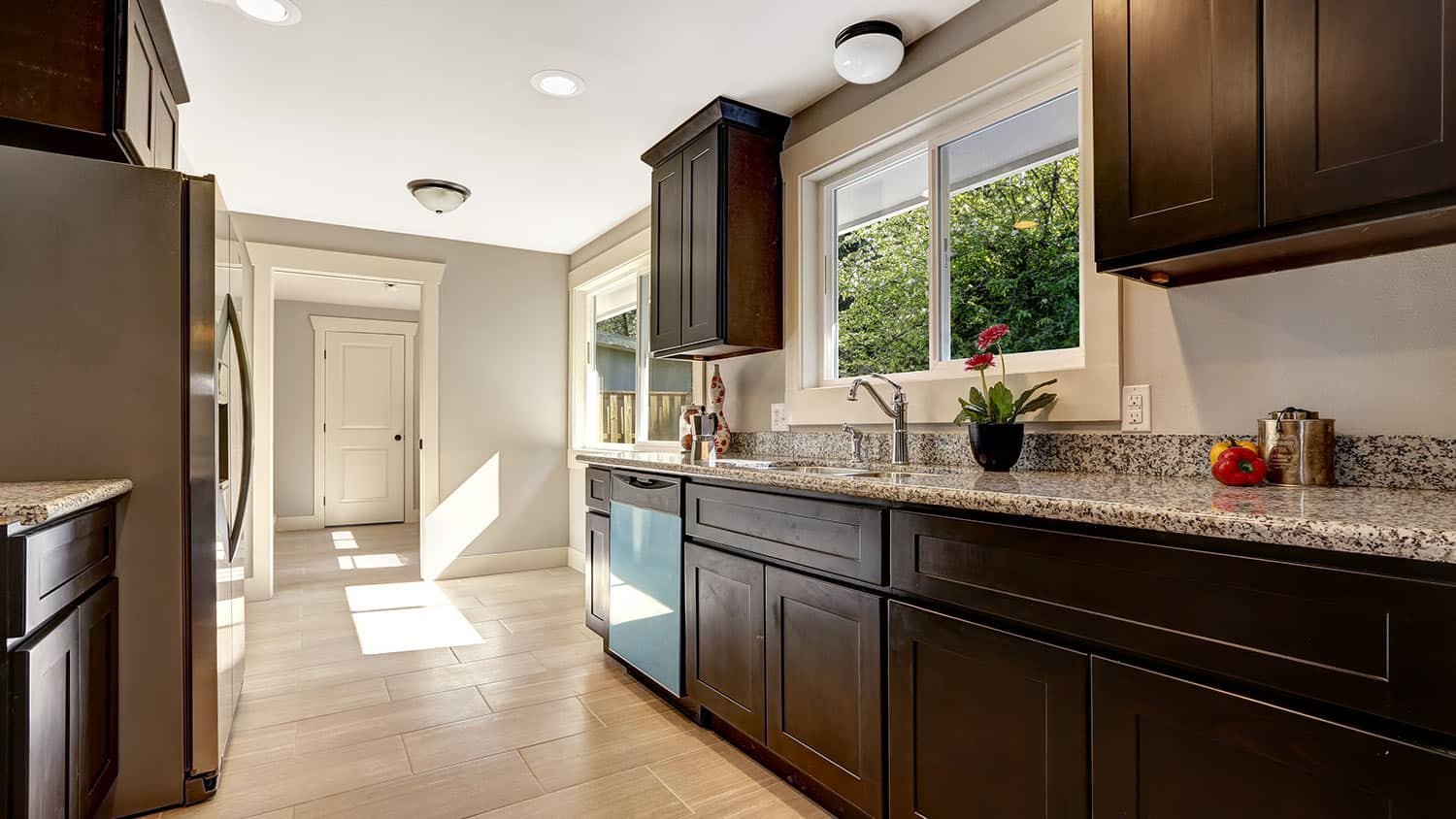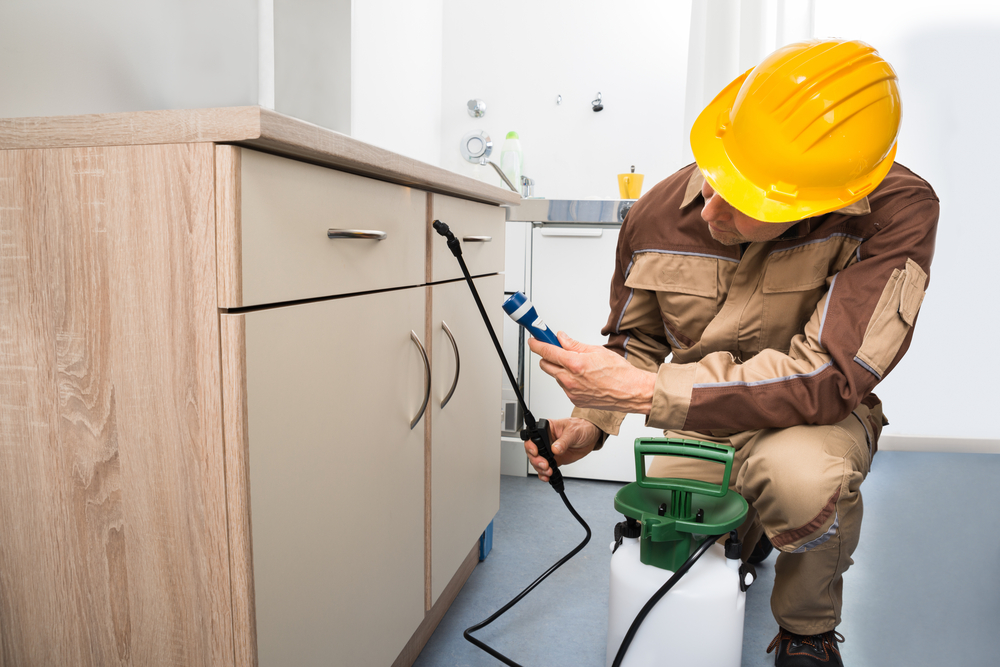Building a Pole Barn to Expand Living Space: A How-To Guide
RH Business Marketing Solutions
Building a pole barn can be a great way to expand your living space. Whether you need more storage for your car or extra space for a home office, a pole barn can provide you with the extra room you need. But before you start construction, there are a few things you need to know. This how-to guide will walk you through the process of building a pole barn, from choosing the right location to selecting the materials you'll need. By the end, you'll be ready to start construction on your own pole barn expansion project.
Plan the size, shape, and style of your barn
The size, shape, and style of your barn are important factors to consider when expanding your living space. The size will determine how much space you have to work with, the shape will affect the overall look and feel of the barn, and the style will dictate the functionality of the barn.
When deciding on the size of your barn, you should first consider what you plan to use it for. If you only need extra storage space, then a smaller barn may be sufficient. However, if you plan on using it as a workshop or a place to house animals, then you'll need a larger barn. Once you know what you need the barn for, you can start planning the dimensions.
The shape of your barn is just as important as the size. The most common barn shapes are gable, gambrel, and hip. Each shape has its own unique look and feel, so it's important to choose one that fits your personal style.
The last factor to consider is the style of your barn. Do you want a traditional-looking barn or something more modern? Barns are now easy to assemble thanks to customizable pole barn kits. There are modular, prefabricated, and DIY kits available. With many different styles of barns available, you should be able to find one that fits your taste.
Choose the right location
Building a pole barn is a great way to expand your living space. But before you start construction, it's important to choose the right location for your new home addition. Here are some things to keep in mind when selecting a spot for your pole barn:
Make sure the ground is level. This will help ensure that your pole barn is stable and won't be at risk of collapsing.
Avoid flood zones. If your property is located in a flood zone, it's best to choose another spot for your pole barn. This is because flooding can damage or even destroy pole barns.
Pick a sunny spot. If possible, try to choose a location for your pole barn that gets plenty of sunlight. This will help keep the inside of your pole barn warm and comfortable.
Consider the wind. When selecting a location for your pole barn, make sure to take the wind into account. If your property is located in an area with high winds, it's important to choose a spot for your pole barn that will be sheltered from the wind.
Select the right materials
Building a pole barn is a great way to expand your living space. But before you start construction, it's important to select the right materials. There are many factors to consider when choosing the materials for your pole barn. The climate in your area will dictate the type of material you'll need for the walls and roof. The size and style of the barn will also impact the material choices.
Here's a look at some of the most popular materials used in pole barn construction:
Wood: Wood is a classic choice for pole barns. It's strong and durable and can be easily customized to match the look of your home. If you live in an area with severe weather conditions, however, you'll need to take extra care to protect your wood barn from the elements.
Metal: Metal pole barns are becoming increasingly popular. They're durable and low-maintenance and can withstand even the most extreme weather conditions. If you choose a metal barn, be sure to select a high-quality material that won't rust or corrode over time.
Vinyl: Vinyl is another popular choice for pole barns. It's affordable and easy to work with, and it comes in a variety of colors and styles. However, vinyl can be damaged by UV rays, so it's important to choose a color that won't fade in the sun.
These are just a few of the most popular materials used in pole barn construction. When selecting the materials for your barn, it's important to consider the climate, the style of the barn, and your budget. With careful planning, you can build the perfect pole barn for your needs.
Building a pole barn is a big project, but it's one that you can do yourself with the right planning and materials. By following this how-to guide, you'll be able to build a pole barn that meets your needs and looks great, too.
















